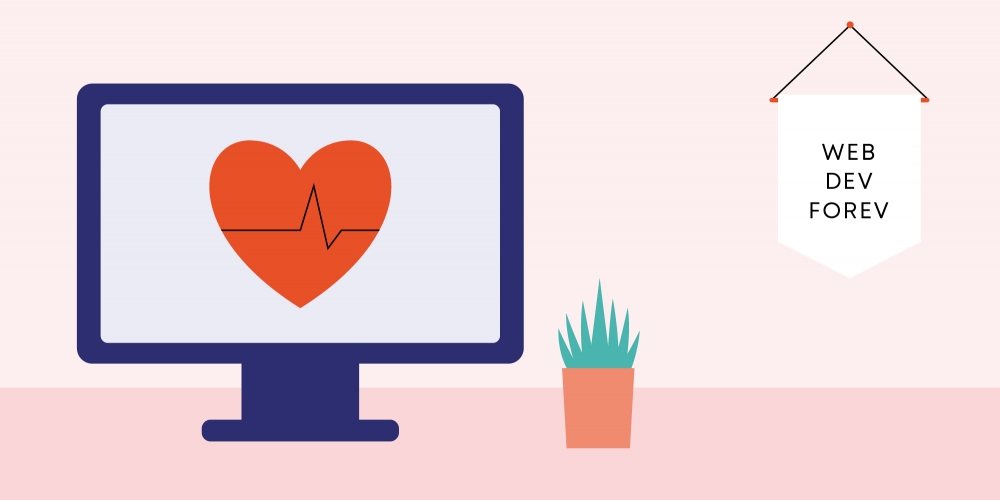Everyone remembers Ron Popeil right? If you don’t, I bet you remember his famous catchphrase: “Set it and forget it!” But unlike Ronco’s rotisserie oven, modern websites can’t be turned on and left to run unattended. From software updates to web technology advances to nefarious actors trying to compromise your site, there’s a host of potential obstacles on the road to managing your online presence. Here are a few important things to keep in mind, whether you’re preparing to build a new site or simply managing your existing one.
Software Updates
Installing updates in a timely manner is crucial. Once a security vulnerability is patched by the software vendor, all the nefarious actors out there know about the hack and until you update your website they can take advantage of it. That’s why we turn on automatic updates for all of our hosting clients and recommend everyone else do the same. Some say automatic updating creates the risk that an update might break your site and while this issue is real, many CMS vendors like WordPress have created tools that can detect these problems and automatically roll back an update, or provide a link to disable a faulty update. And anyone who’s ever had to spend the time and money to clean up a hacked website can tell you that a short amount of downtime is way better than the hours of labor it can take to remove malicious code from a site – nevermind the potential data loss and reputational harm.
Backups
The very first hard drive stored 3.75MB, required an air compressor (!) to operate, and leased for $7,500/mo in today’s dollars**. But today, cloud storage is cheap! You can store 1GB for as little as ½ of one cent per month. There’s no excuse not to back up all your website data to a 3rd party site. If you use a web host and they offer integrated backups, that’s a very useful feature. But what if your web host has a technical issue or gets hacked? You could lose your live site and your backups at the same time! The 3-2-1 rule of backups says you should have at least 3 copies of your data (live data plus two backups) stored in 2 different formats with at least 1 off-site. If your web host offers integrated backups, you should invest in a tool like UpdraftPlus* to automate file and database backups to a 3rd party service like Backblaze B2*. Now you have three copies, in two different locations, one of which is “off-site” from your webhost. Storage is cheap, but your data is priceless.
Security Best Practices
All the software security in the world won’t save you if your username is admin and your password is “Password!”. If you use a common password, pre-computed tables of hashes can allow your password to be guessed in minutes or even seconds. Free tools like Lastpass* are easily available to help you generate long, completely random passwords and remember them for you. You only need to remember one very good password to unlock your password vault. And if someone compromises one of your passwords, they can’t use it to get into any other sites because you never use the same password on more than one site…right? And remember to turn on two factor authentication – this feature prevents a hacker from being able to log in with your password without also having a 6 digit code from your phone or other device.
Changing Trends
Like acid-wash jeans and VHS tapes, trends and technologies become dated with time. Even the best, most well-designed website will begin to show its age after a while. There’s no standard timeframe for when a website needs a visual refresh or a complete overhaul, but here are some things to consider:
- If your website has all the functionality you want but looks dated compared to websites you consider best-in-class or no longer matches your brand, you might benefit from a visual refresh.
- Most recent websites can easily be modified with new features – look into WordPress plugins that offer what you want, or hire a web developer to advise you
- Eventually, a site will become so old that the underlying technology may no longer be supported. Just like an old car where repair parts are no longer available, maintenance and operating costs on a site like this will rise to the point where it’s cheaper to create a new one.
Websites aren’t like buildings. They won’t last for 50 years. If you go into the budgeting and planning process assuming your website will need some amount of work within 5 years or so, you’ll be better prepared to maintain your site for the long haul and get the maximum value out of your investment.
If any of the above situations sounds familiar to you, reach out to our team today and we’ll be happy to discuss how we can help support your business.
* None of the links are affiliate links. We get nothing out of promoting these products, we just use them and like them and want you to benefit from them too.
** https://www.computerhistory.org/storageengine/first-commercial-hard-disk-drive-shipped/
Resources
- Website security
- Cloudflare (web application firewall)
- Wordfence (WordPress security plugin + 2FA)
- Backups
- Backblaze B2 (cheap storage, compatible with Amazon S3 API)
- UpdraftPlus (WordPress backup plugin)






Leave A Reply